Meditation is widely praised as a calming, grounding practice—but not everyone finds it peaceful. Sitting in stillness can stir up unease, restlessness, or even anxiety for some. If you’ve ever finished a session feeling more anxious than before, you’re not alone—and it doesn’t mean you’re doing it wrong.
Anxiety following mindfulness practice is a known phenomenon, particularly in people with unresolved trauma, increased sensitivity, or specific personality traits. What this article discusses is why some individuals experience anxiety following meditation, who is more prone to it, and how to do meditation in a manner that promotes emotional safety and nervous system regulation.
Read More: The Role of Meditation and Mindfulness in Hypertension Control
Meditation Isn’t Always Calming (And That’s Okay)

The idea that meditation is always relaxing is a myth. Emotional discomfort during meditation is normal, particularly in the initial stages. For some, silencing the mind doesn’t yield peace—it yields discomfort.

That’s because meditation is slowing us down. In the quiet, pushed-down emotions, memories, or sensations may surface. Instead of relaxing, you may become restless, panicked, or overwhelmed. Far from considering this as a failure, it’s better to see it as the body doing valuable processing work—somatic release or the gentle rise of bottled feelings.
Read More: 14 Benefits Of Listening To Music During Meditation – Tune In Today!
Top Reasons You Might Feel Anxious After Meditation
Here are a few top reasons you might feel anxiety creeping in, right after meditation:
1. Unprocessed Trauma or Emotional Material
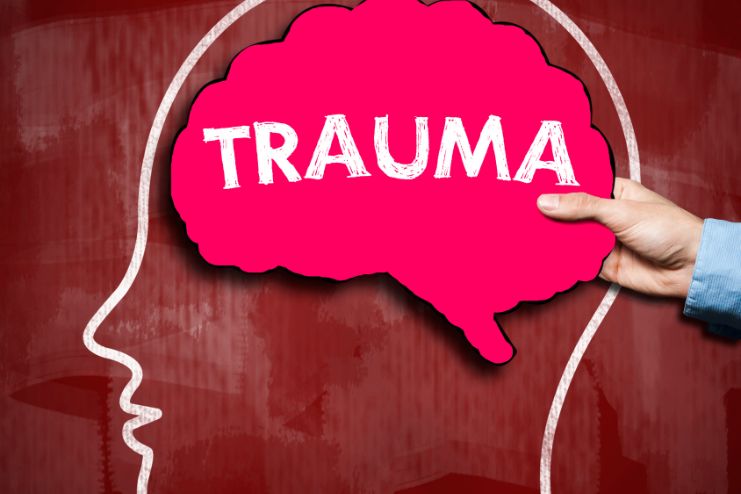
One of the most common causes of meditation anxiety is unprocessed trauma. Stillness removes distractions, allowing buried feelings or bodily memories to surface. For trauma survivors, this can feel destabilizing.
The body remembers what the mind doesn’t. Trauma may exist even without conscious memory, manifesting as tension in the muscles, discomfort in the belly, or a racing mind.
Meditation may trigger these body-based trauma responses, causing discomfort or dissociation.
2. Hyperawareness of Sensations Hyperawareness of Sensations
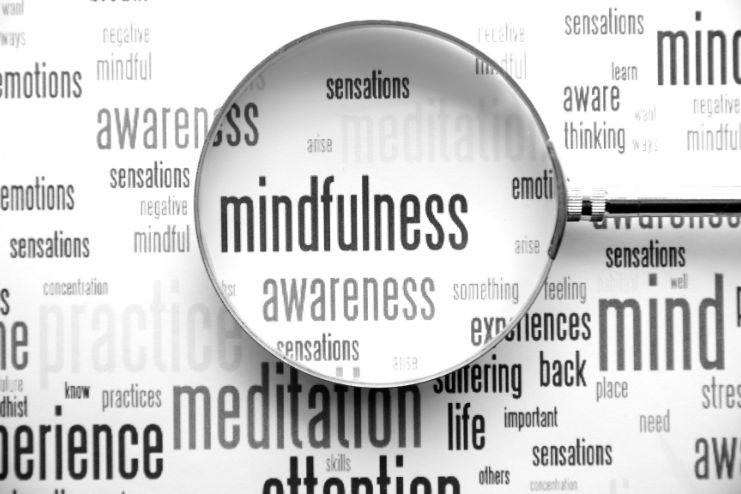
Mindfulness promotes awareness of your breath, heartbeat, or body sensations. However, for others, particularly those who are anxious, this internal awareness can intensify sensation in an unpleasant manner.
- Racing heart, constricted chest, or quivering breath can be mistaken for a threat.
- Rather than calming the nervous system, such hyperawareness can stimulate a stress response
3. Fear of Losing Control or “Doing It Wrong”
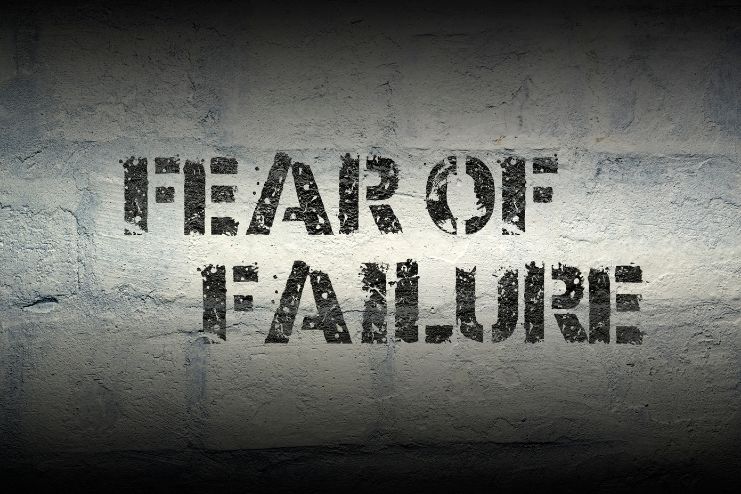
High-achievers or perfectionists tend to bring performance pressure to meditation, hoping to do it “correctly.” This can prove counterproductive.
- Quietness can feel like exposure.
- You might fret about whether your thoughts are too loud, or if you’re meditating “properly.”
This thought cycle can be a cause of tension in itself during meditation.
4. Dissociation or Hypoarousal
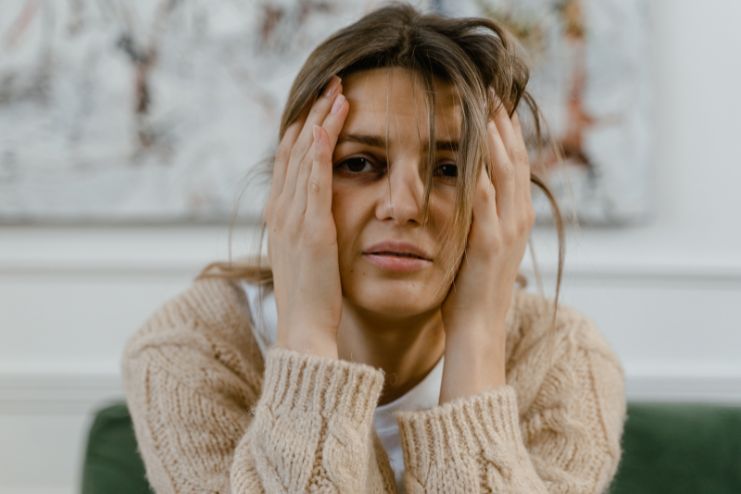
Not everyone experiences anxiety in the form of racing thoughts. Some individuals become spacey, numb, or emotionally flat following meditation. This is typically an indicator of hypoarousal—a nervous system shut-down response.
- If you experience emotional disconnection, it might be an indication of dissociation when meditating.
- This is particularly common in individuals with complex PTSD or a history of early relational trauma.
Read More: Emotional Numbness – Why You Feel Nothing and How to Regain Joy
Signs Your Meditation Practice Might Not Be Trauma-Informed
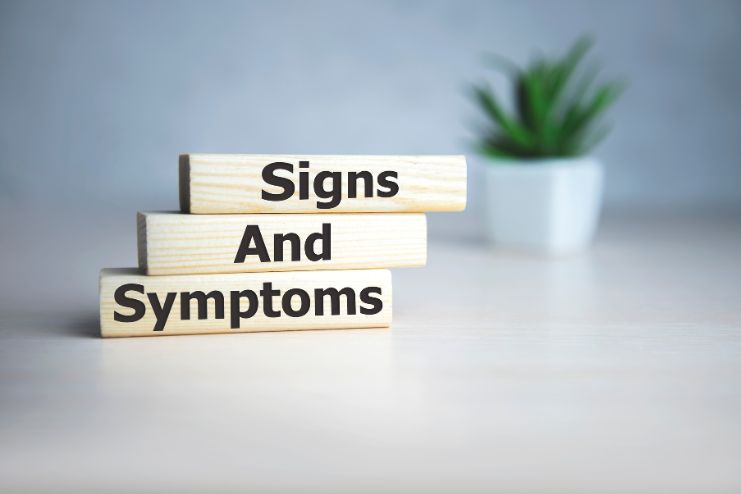
Not all types of meditation suit everyone. Certain commonly used techniques inadvertently overwhelm the nervous system.
Warning signs include:
- Forcing prolonged stillness when your body isn’t prepared
- Omitting grounding steps or dismissing pain
Somatic and Trauma-Sensitive Alternatives

You don’t need to sit cross-legged in silence for 20 minutes to reap the rewards of mindfulness. There are softer, more body-conscious methods that might be more to your liking:
- Movement-Based Mindfulness: Practice yoga, walking meditation, or gentle stretching to remain attuned to the body.
- Orienting Techniques: Connect with your environment by paying attention to sounds, sights, textures, or smells.
- Grounding Tools: Notice your feet on the ground, hold a cold stone, or use touch to ground yourself.
- Micro-Movements: Allow your body to shift, sway, or breathe naturally—no forced stillness necessary.
These methods complement your nervous system’s requirement for movement and safety, particularly if there is trauma or accumulated stress.
How to Adjust Your Practice to Feel Safer
You can still develop mindfulness even if classic meditation is too intimidating. Try these modifications to step into a more nurturing practice:
- Keep it short and sweet. Begin with 1–3 minute smaller sessions.
- Maintain focus with eyes open. Closing your eyes might make you feel too exposed. You can try a soft gaze instead.
- Try and learn to anchor externally. Anchor on light, a candle, sounds of nature, or touch objects.
- Try to experiment with other formats. Journaling, music listening, or mindful art can provide the same rewards.
Mindfulness isn’t just about being still—it’s about being present with kindness and curiosity, in a way that feels safe.
Read More: 12 Alarming Signs That You’re Suffering From Anxiety Disorder
When to Work With a Trauma-Informed Practitioner

If meditation regularly makes you feel worse, it’s not worth pushing through—it’s a cue to get help.
You may want to see a professional if you:
- Have flashbacks, panic, or emotional flooding while or after meditating
- Are numb, checked out, or spacey for hours at a time
- Have trouble sleeping or feel emotionally exposed after meditating
Collaborating with a trauma-informed therapist or meditation instructor can assist in customizing practices to your requirements. They are aware of nervous system dysregulation and how to work with it gently.
Questions to ask when looking for support:
- Do you have training in trauma-sensitive mindfulness?
- How do you assist clients in remaining grounded while meditating?
- What types of practices do you suggest for anxiety or dissociation?
Final Thoughts
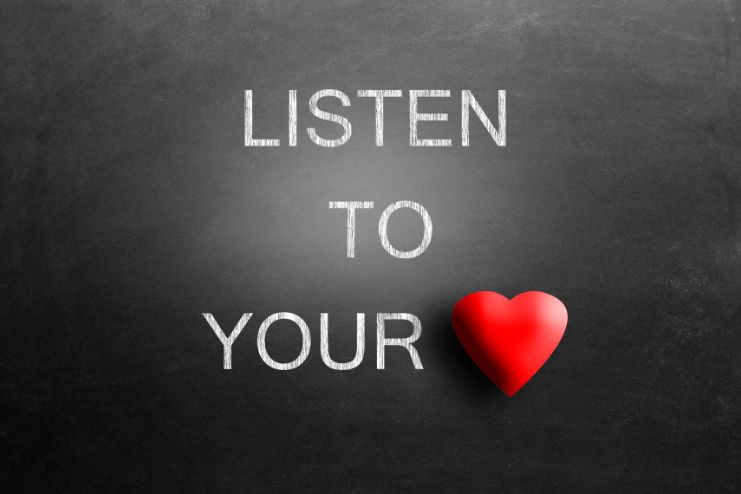
Meditation is a powerful tool, however it may not be for everyone. Feeling anxious after a mindfulness practice isn’t failure. It’s your body giving you valuable feedback.
With curiosity, compassion, and the right adjustments, meditation can still be on your healing path. You might just need to go at another speed—or travel a different route—than someone else.
Remember: Meditation isn’t calming for everyone, and that’s okay. Your nervous system’s response is valid. You’re allowed to listen to it. You’re not alone, and your path to presence doesn’t have to look like anyone else’s.
References
- https://www.bbc.com/worklife/article/20210202-how-mindfulness-can-blunt-your-feelings-and-spike-anxiety
- https://insighttimer.com/blog/relaxation-induced-anxiety/
- https://www.ncbi.nlm.nih.gov/books/NBK207195/
- https://www.psychologytoday.com/us/blog/modern-day-slavery/202402/innovative-alternative-approaches-to-healing-trauma
- https://www.nccih.nih.gov/health/meditation-and-mindfulness-effectiveness-and-safety
- https://www.sciencefocus.com/science/meditation-leaves-me-feeling-more-stressed-what-am-i-doing-wrong
- https://www.mindtools.com/a4jvsqi/perfectionism
- https://www.sciencefocus.com/science/meditation-leaves-me-feeling-more-stressed-what-am-i-doing-wrong
In this Article



















